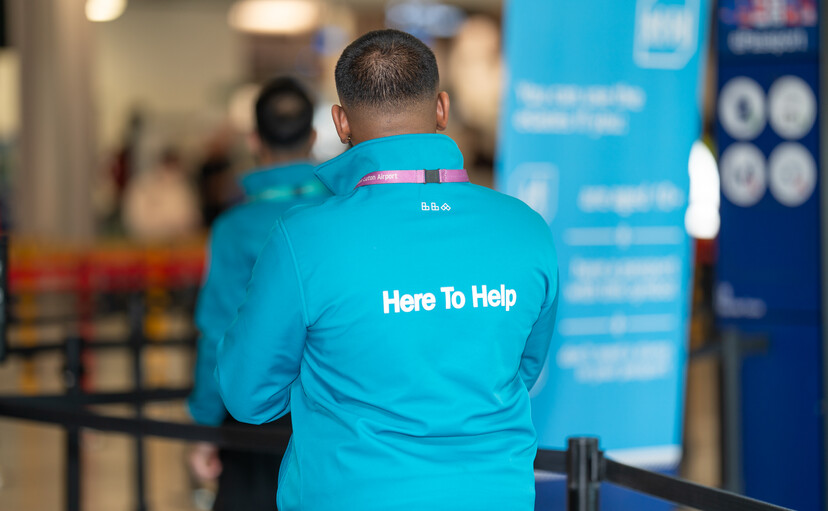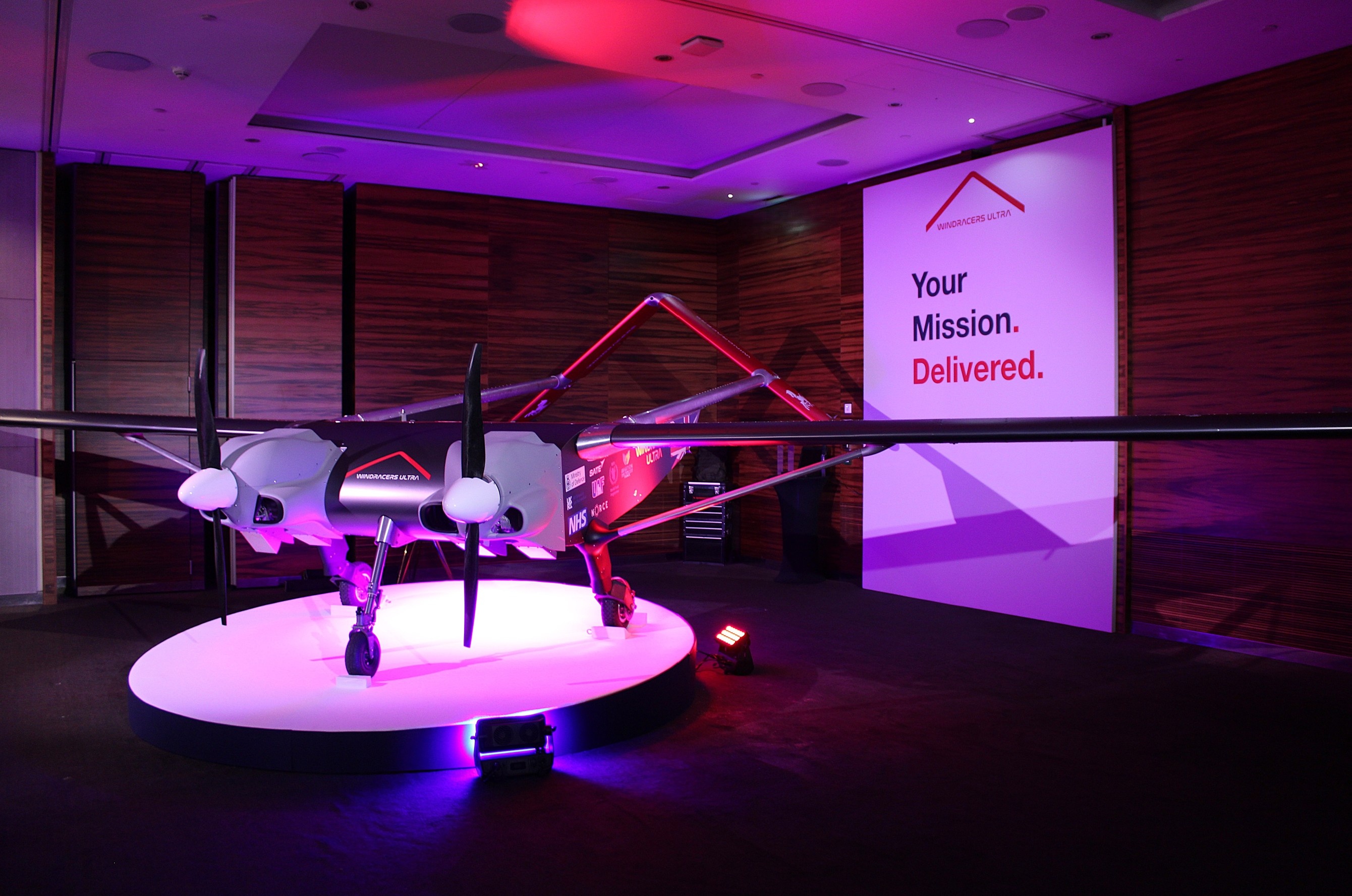Jersey first in British Isles to gain approval for remote tower ops

Courtesy Frequentis
Jersey Airport currently handles around 23,000 commercial Air Transport Movements annually and is the fifth busiest British airport for corporate and general aviation traffic, with over 45,000 movements overall. Ports of Jersey’s digital remote centre deploys technology from Frequentis AG and was achieved with project management support from Systems Interface Ltd.
The airport has achieved traffic levels of 32 movements per hour using the Remote Tower during operational trials in November 2018.
Approval for the Channel Islands based airport followed a comprehensive testing period throughout 2018, which included training for all air traffic controllers. This is the first-time remote tower approval has directly involved the European Aviation Safety Agency (EASA), which is the Air Navigation Service Provider (ANSP) Competent Authority for Jersey.
The Frequentis solution was designed to safely manage air traffic for Jersey Airport from a contingency operations centre, providing seamless Air Traffic Control (ATC) services should the air traffic control tower be unavailable for any reason. Jersey Airport is a critical part of the regional transport infrastructure, and therefore its continuous air traffic services are essential, especially in the event of a technical failure or evacuation.
As well as undergoing specific training in the simulator, all air traffic controllers completed ‘active’ and ‘shadow mode’ operations, including ATC operations from the contingency room, with controllers in the conventional tower as a backup. Significantly, this is also the first remote digital tower implementation to be overseen and reviewed directly by EASA as this process is usually only carried out by National Authorities.
“We have worked collaboratively with both Frequentis and Systems Interface to ensure the successful delivery of Jersey Airport’s remote tower project. In addition, this involved working closely alongside EASA to ensure the provision of all regulatory and training requirements, including approved conversion training, featuring Human Factors Analysis, Human-Machine Interface (HMI) and 3D simulator training. This was all achieved prior to shadowing and live training, and as a result we’re extremely pleased with the contingency remote digital tower and have achieved a movement rate of 32 aircraft per hour during operational trials”, said Les Smallwood, Ports of Jersey, Senior Air Traffic Control Officer.
The solution uses a network of 13 cameras to create a 240-degree field-of-view of Jersey Airport, which is then displayed at the remote tower working position in the nearby contingency facility. The implementation of the remote tower technology was carried out by Ports of Jersey and Systems Interface Limited (SIL), in its role as the company’s project specialist partner. While SIL managed all systems integration and installation, providing end-to-end project management, Frequentis AG provided its state-of-the-art remote tower technology.
"To have worked on this significant project on the British Isles is a great milestone, setting the pace for future UK projects. Remote tower technology is helping ANSPs and airport operators to enhance operations. Together with SIL we have ensured that Ports of Jersey meets its goal for streamlined air traffic services", commented Hannu Juurakko, Vice President ATM at Frequentis.
The business case for remote tower technology is compelling, potentially avoiding the need or expense of a conventional control tower, and offering enhanced visibility and safety features, as well as cost savings. Through the use of high definition cameras, augmented reality and safety nets, ANSPs can optimise processes, increase security standards and make more efficient use of resources.












